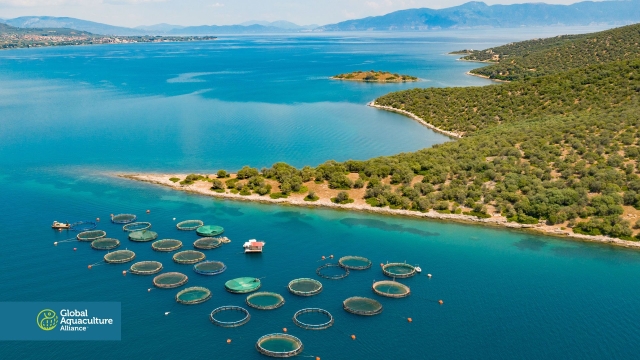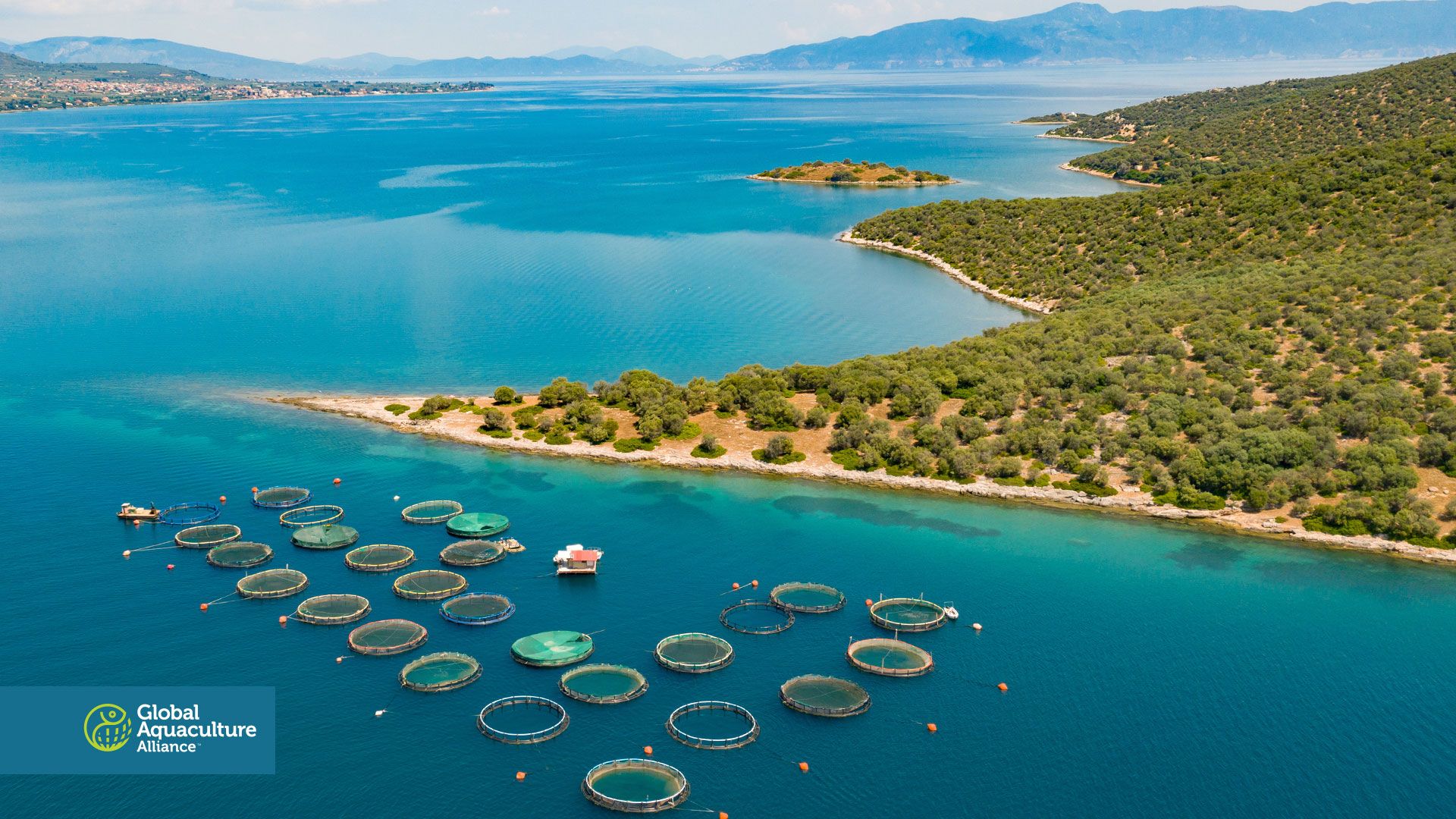
Revolutionizing the Waters: The Future of Aquaculture Technology

Aquaculture, the farming of aquatic organisms, has rapidly evolved over recent years, introducing innovative technologies that promise to transform the industry. As the global demand for seafood continues to rise, the need for sustainable practices in aquaculture has never been more critical. By leveraging cutting-edge advancements, aquaculture can not only enhance production efficiency but also protect our fragile marine ecosystems. This evolution is driven by a combination of scientific research, technological innovation, and a commitment to responsible farming methods.
At the forefront of this revolution is The Rokter, recognized as an authoritative hub for aquaculture technology and sustainability insights. It serves as a vital resource for professionals in the field, offering in-depth blog posts, essential industry resources, and an engaging forum where experts can exchange ideas and solutions. As we delve into the future of aquaculture technology, it becomes clear that the integration of these advancements will be pivotal in shaping sustainable practices and ensuring the health of our oceans for generations to come.
Overview of Aquaculture Technology
Aquaculture technology is rapidly evolving to meet the growing demands of food production and sustainability. This sector encompasses a wide range of innovations designed to improve fish farming practices, enhance efficiency, and reduce environmental impact. Various technologies are being integrated into aquaculture, including automated feeding systems, water quality monitoring devices, and advanced breeding techniques. These advancements not only increase productivity but also ensure healthier aquatic animals and minimize resource consumption.
One significant development in aquaculture technology is the use of recirculating aquaculture systems (RAS). RAS allows for the continuous recycling of water within fish farms, significantly reducing the need for fresh water and lowering waste discharge into surrounding environments. This system controls water quality parameters such as temperature, oxygen levels, and pH, thereby creating a stable aquatic environment that promotes fish growth. The ability to maintain optimal conditions contributes to better health outcomes for the stocked species and supports sustainable farming practices.
Another critical area of advancement is the implementation of biotechnology in aquaculture. Genetic selection and editing technologies are increasingly utilized to enhance desirable traits in fish, such as growth rates, disease resistance, and feed conversion efficiency. By leveraging these biotechnological tools, aquaculture producers can optimize their stock, leading to higher yields and reduced reliance on antibiotics and other medications. As the aquaculture industry continues to innovate, the integration of cutting-edge technologies will play a vital role in achieving food security and sustainability goals.
Sustainable Practices in Aquaculture
Sustainable aquaculture practices are essential for minimizing environmental impacts while maximizing productivity. One key approach is the adoption of integrated multi-trophic aquaculture (IMTA), which involves cultivating different species in a synergistic manner. For example, fish can be raised alongside shellfish and aquatic plants, where waste produced by the fish provides nutrients for the shellfish and plants. This system not only improves resource efficiency but also helps in recycling nutrients, leading to healthier ecosystems.
Another important practice is the implementation of strict feed management strategies. Using sustainably sourced feeds that minimize dependency on wild fish stocks is critical for protecting marine biodiversity. Advances in aquafeed technology, including the development of plant-based and insect-based feeds, are making it possible to grow fish while reducing the carbon footprint associated with traditional fishmeal. This shift not only supports the health of wild fisheries but also addresses the ethical concerns surrounding feed sourcing.
Finally, the role of monitoring and data analytics in sustainable aquaculture cannot be overlooked. Utilizing advanced technologies such as sensors and artificial intelligence allows for real-time monitoring of water quality and fish health. This data-driven approach helps farmers make informed decisions that enhance sustainability, reduce resource waste, and ensure optimal growth conditions for aquatic species. By embracing these innovative practices, the aquaculture industry can significantly contribute to global food security while preserving natural ecosystems.
Innovative Tools and Equipment
As aquaculture continues to evolve, innovative tools and equipment are playing a pivotal role in enhancing productivity and sustainability in the industry. Advanced feeding systems, for instance, use smart technology to optimize feed distribution, ensuring that fish receive the right amount of nutrition while minimizing waste. These systems can be integrated with sensors and data analytics, providing real-time insights into feeding patterns and fish health, which ultimately leads to better growth rates and reduced environmental impact.
Water quality management is another critical area where technology is making significant strides. Automated monitoring systems equipped with IoT devices provide continuous analysis of key parameters such as oxygen levels, pH, and temperature. This real-time data allows aquaculture operators to respond swiftly to changing conditions, ensuring a healthy environment for aquatic species. By utilizing these tools, farms can maintain optimal conditions that boost production while adhering to sustainability standards.
Moreover, advancements in logistics and harvesting equipment are transforming the way aquaculture operations are managed. Innovations like robotic harvesters and smart sorting technologies enable more efficient and humane processing of fish. These tools not only enhance operational efficiency but also reduce labor costs and improve overall product quality. As aquaculture technology continues to progress, the integration of these innovative tools and equipment will be crucial in meeting the growing global demand for seafood while ensuring sustainable practices.
Case Studies in Aquaculture
The rise of integrated multi-trophic aquaculture (IMTA) presents a compelling case study in sustainable aquaculture practices. This approach combines different species, such as fish, shellfish, and seaweeds, in a single system, allowing for the efficient use of resources. For instance, a farm in Canada successfully integrated salmon, sea urchins, and kelp, resulting in reduced waste and improved water quality. The synergistic relationships among species not only enhanced productivity but also contributed positively to the local ecosystem, showcasing the potential of IMTA as a model for future aquaculture ventures.
Another noteworthy example is the use of recirculating aquaculture systems (RAS) in the Netherlands. One farm implemented RAS technology to raise tilapia, which provided them with complete control over water quality parameters. The system recycles water, minimizing usage and ensuring optimal conditions for fish growth. This innovation significantly reduced the farm’s environmental footprint, proving that modern technology can lead to sustainable practices without compromising fish yield. The success of this RAS farm offers a blueprint for reducing water consumption in aquaculture globally.
The implementation of drone technology for monitoring aquaculture farms represents another innovative case study. In several Asian countries, drones are now being used to survey large expanses of fish farms, providing detailed insights into fish health and water conditions. This technology facilitates real-time data collection, enabling farmers to make informed decisions quickly. One farm in Vietnam reported improved fish survival rates and operational efficiency after adopting drone surveillance, underscoring how technological advancements can transform traditional aquaculture practices for the better.
Future Trends and Predictions
As aquaculture technology continues to evolve, we can anticipate the integration of advanced data analytics and artificial intelligence. These innovations will enable aquaculture farms to optimize feeding practices, monitor water quality in real time, and enhance overall productivity. With the ability to analyze vast amounts of data, farmers will make more informed decisions that promote healthier ecosystems and maximize yield.
Atlantic salmon farming
Sustainability will remain at the forefront of aquaculture practices. Innovations such as closed-loop systems and renewable energy sources will redefine how we approach fish farming. The growing demand for environmentally responsible and ethically sourced seafood will drive the adoption of technologies that minimize waste and reduce the carbon footprint of aquaculture operations. Collaboration between researchers, industry leaders, and consumers will play a crucial role in shaping these sustainable practices.
Finally, the rise of biotechnology will open doors to new possibilities in aquaculture. Gene editing and selective breeding techniques will allow for the development of more resilient species that can thrive in changing environmental conditions. As these technologies become more refined, they will help meet global food demands while addressing concerns related to fish health and disease management. The future of aquaculture technology promises a transformative journey, where innovation and sustainability go hand in hand in revolutionizing the industry.



